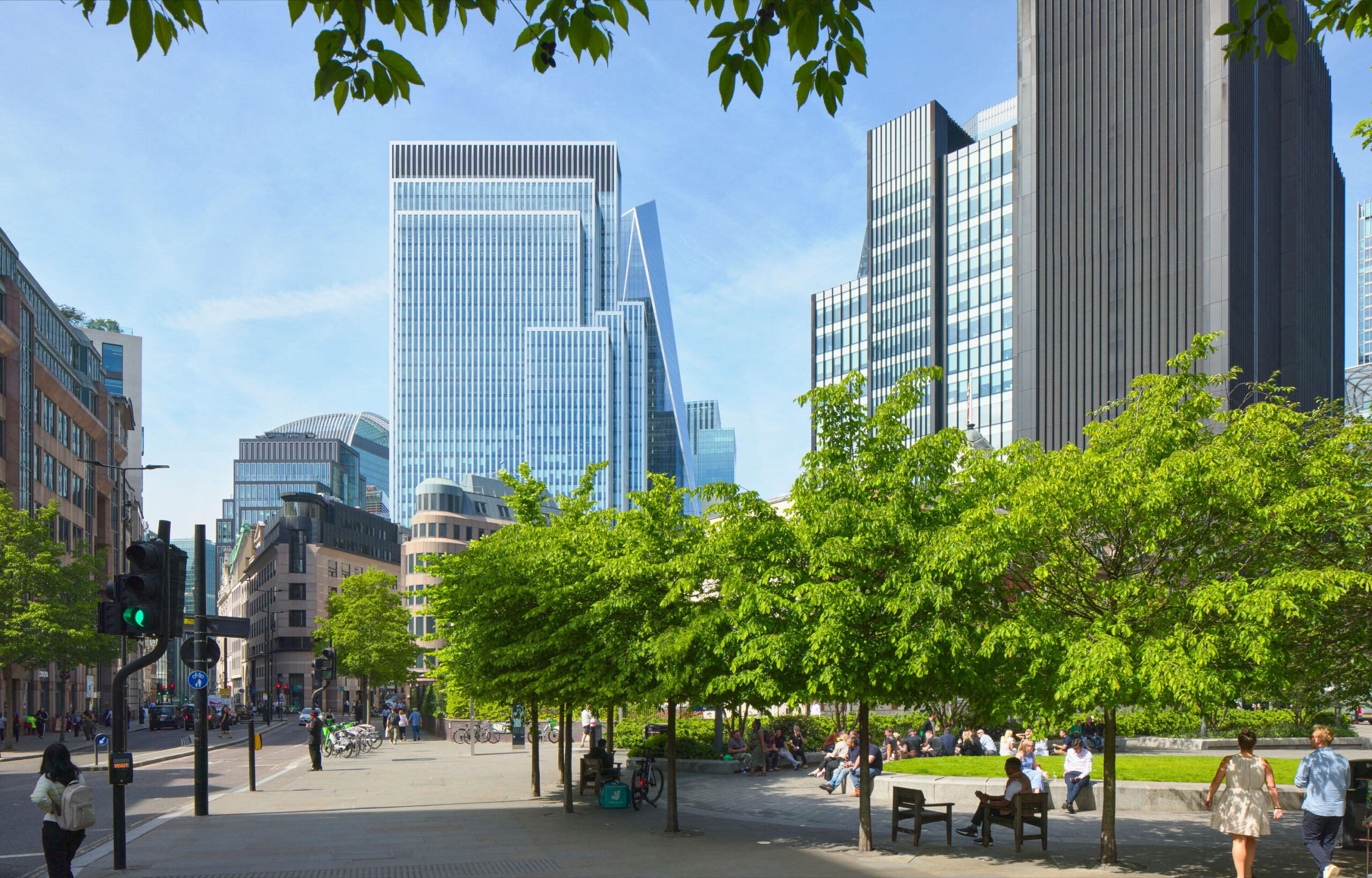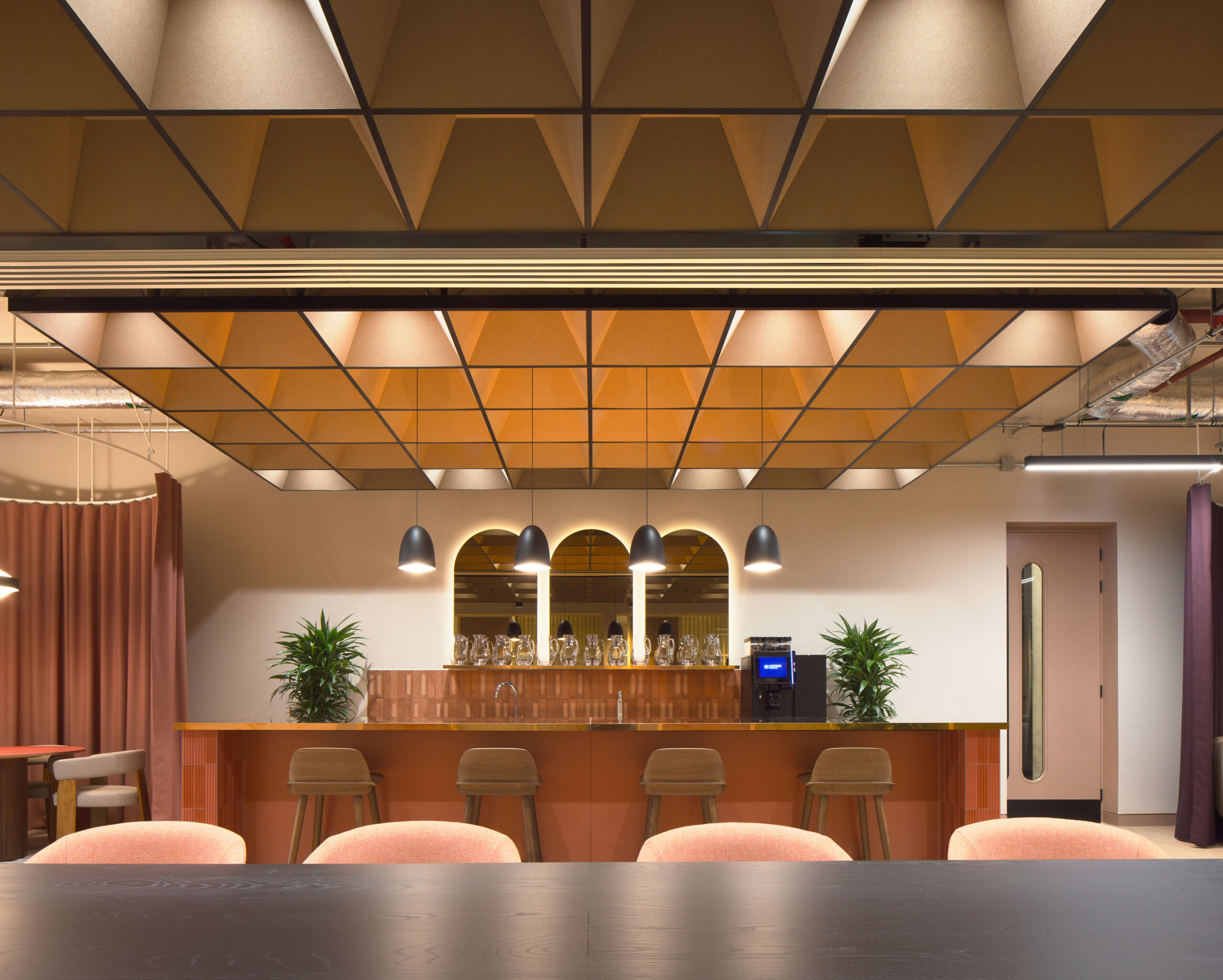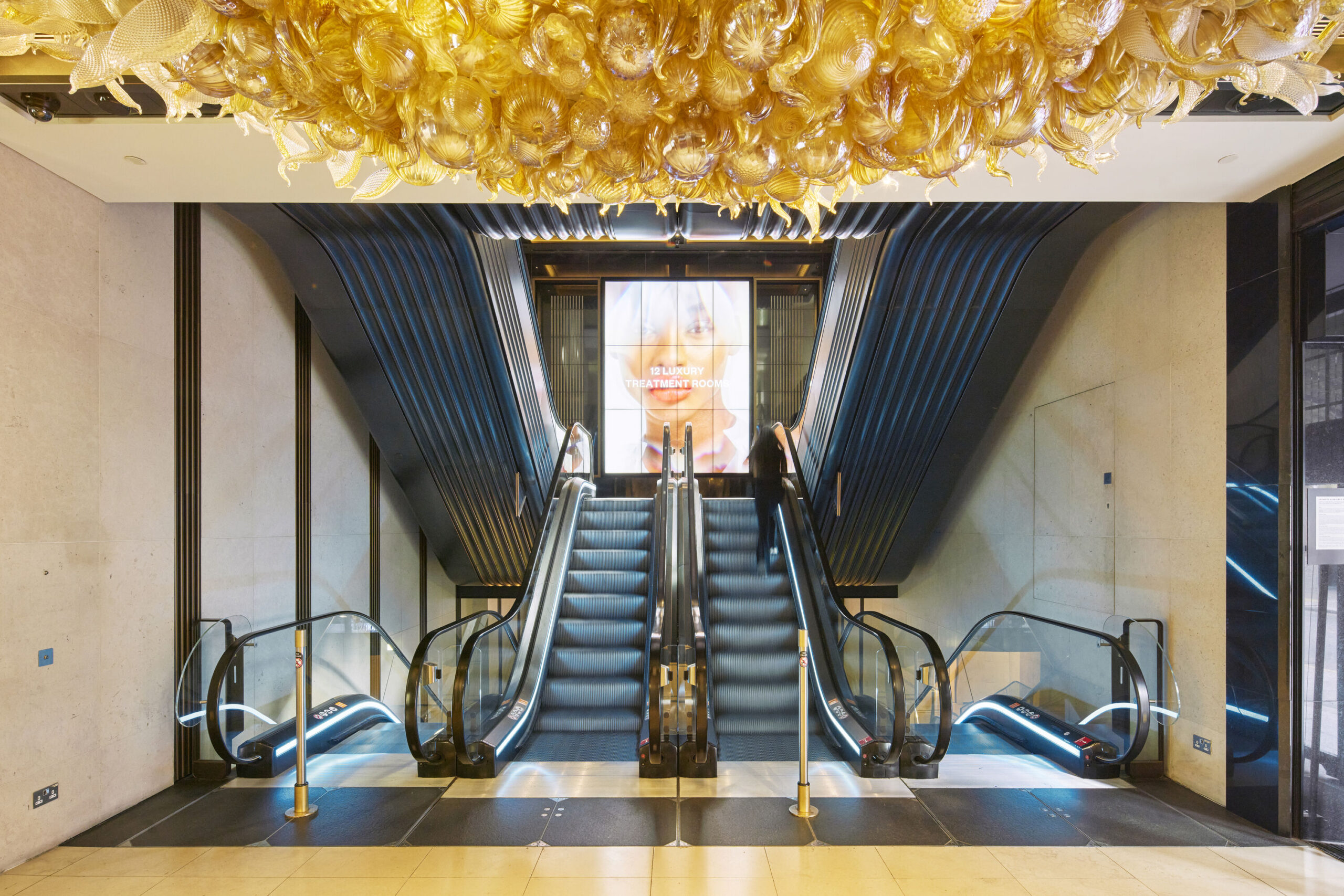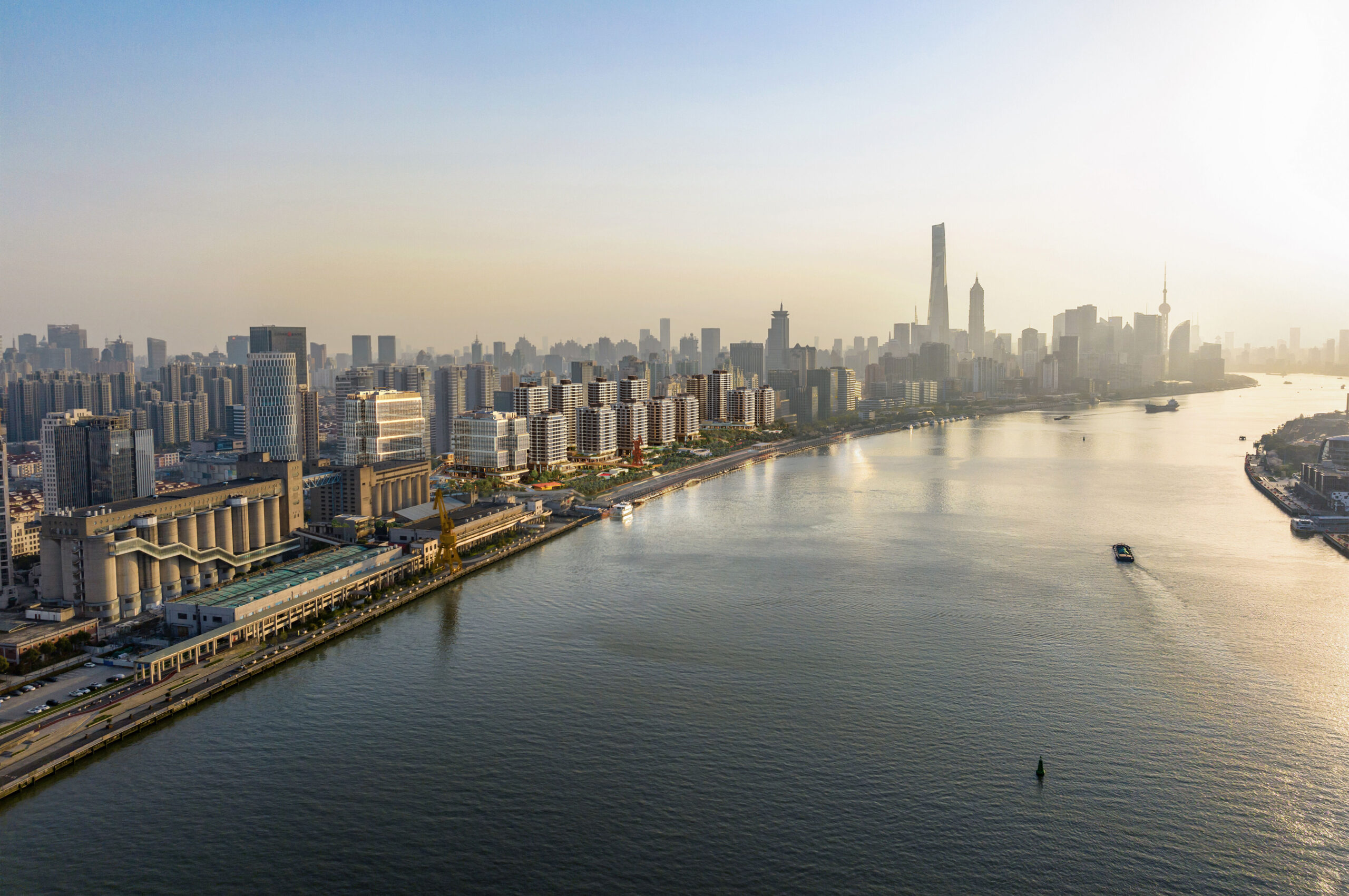

Eyeball
- New Blades is not exclusively architectural models. It enabled me to demonstrate use of a range of materials and processes, and create a display piece that is larger than the real scale (10:1), as opposed to in architectural modelling where most models are smaller than life size, or detail parts created at 1:1 – interesting to explore in more such a complex structure in more detail working at that scale
- Materials and processes – was interesting describing the intricate parts of the eye in a variety of materials and processes, some are incorporated in to more experimental architectural models – included 3D printing, resin casting, layering copper foil, and using copper and silver leaf to create the represent the different anatomical structures


This post forms part of our #futuremodelmakers campaign to celebrate the work of the 2020 modelmaking graduates.




















































































































































































































































































